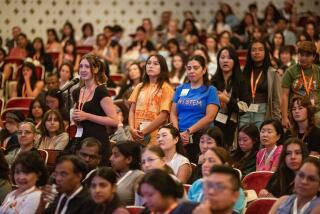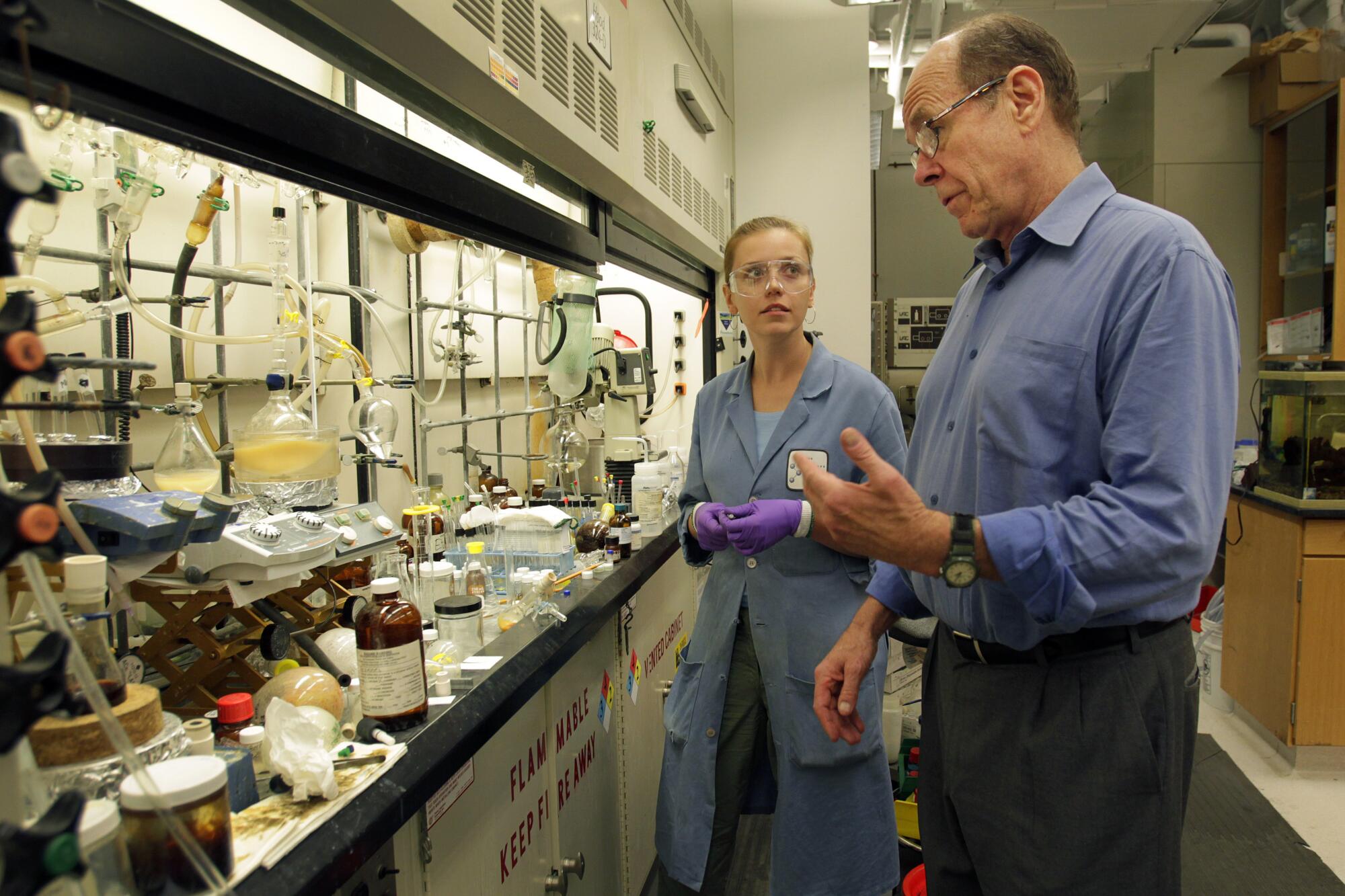
At least 27 scientists with San Diego ties have won Nobel Prizes. Is there something in the water?
SAN DIEGO — She lived in England during the age of Dickens, taught school in Illinois as America expanded west, wrote for a scrappy newspaper in Detroit after the Civil War and spent her later years in San Diego sharing a fortune.
Ellen Browning Scripps was a sharp, generous, worldly person. But she probably never imagined the grand chapter she was writing in this city’s history about a century ago when she founded and funded a medical clinic, a hospital and a marine biology center.
Her donations turned out to be seed money that helped transform San Diego into a mecca for science and medical talent, a place where every October there’s a good chance someone who does or once did research here will get a call from Stockholm when the Nobel Prizes are awarded.
That point was driven home last week, when three “locals” got the call.
Two had ties to the Scripps Research Institute, the elite biomedical center that arose from the clinic that Scripps created in sleepy La Jolla in 1924. On Monday, Ardem Patapoutian, a Scripps neuroscientist, won the Nobel in physiology or medicine, shared with David Julius, for helping discover cell receptors that enable people to sense heat, cold, pain and touch. On Wednesday, Benjamin List, a German scholar, won the prize in chemistry for developing a better way to create molecules, aiding drug development. It’s mostly based on work he did years ago at Scripps.
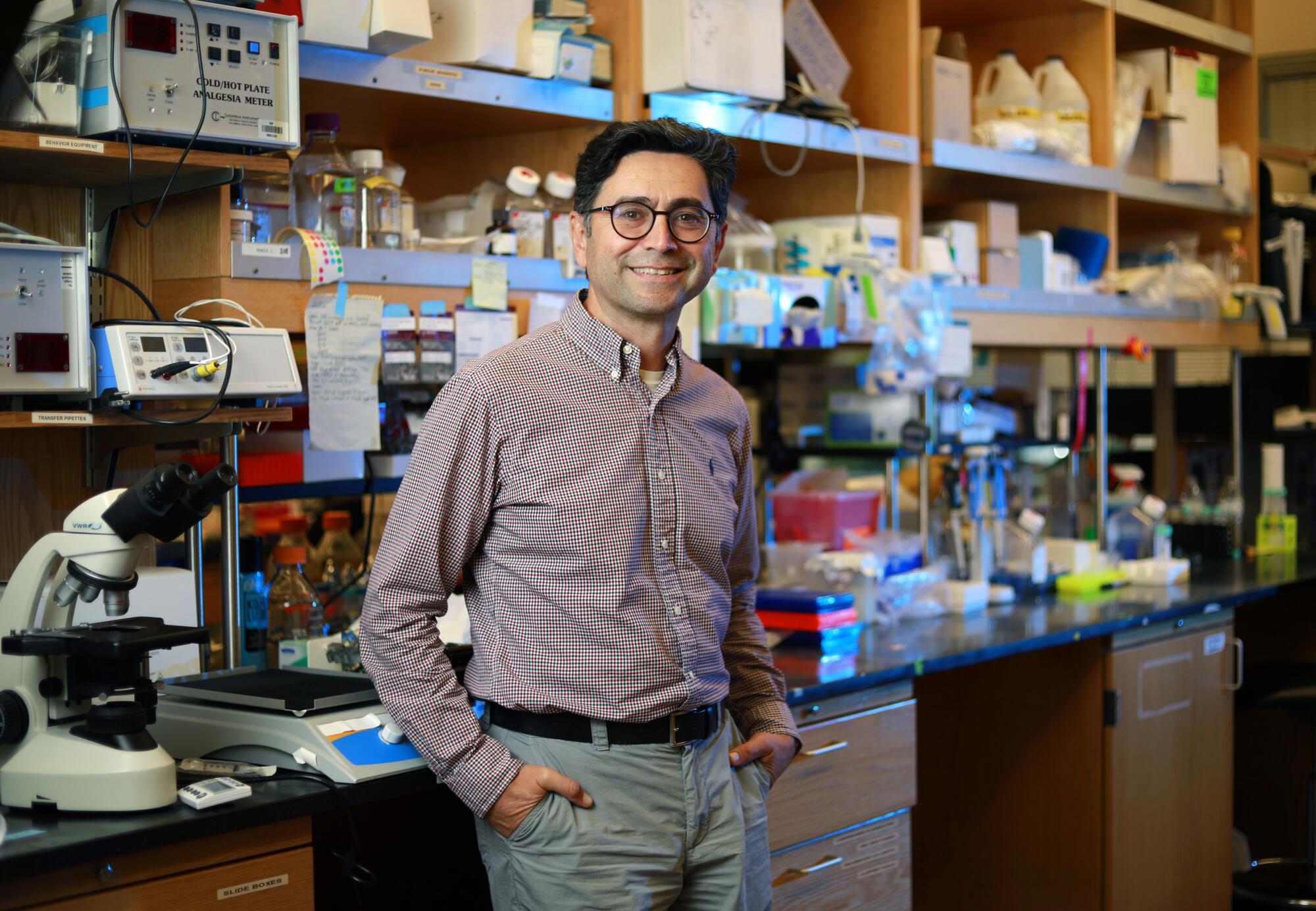
The third local winner this year is Klaus Hasselmann. a German scientist who shared the Nobel in physics for his insights about Earth’s climate and global warming. In the early 1960s, he was a professor at UC San Diego’s Scripps Institution of Oceanography, which rose from the marine station Scripps created in 1903.
At least 27 Nobel Prize winners have worked in San Diego at some point in their careers.
Rarefied air
It’s an exclusive club. Fewer than 1,000 people worldwide have been awarded Nobels since the first prize was conferred in 1901.
This year’s recipients will receive, or share, $1.14 million and get a gold medal. The medals are so valuable that UC San Diego put special security precautions in place when one of its economists, Harry Markowitz, donated his Nobel — 185 grams of 18 carat gold — to the school in 2017. He also donated $4 million.
Although Americans are generally aware of the Nobels, few understand what most laureates did to earn one. Broadly speaking, they are conferred on people whose work is judged to be of great benefit to humankind. They are often given to people who have moved on from where they did their groundbreaking work, which is true of many of the laureates associated with San Diego.
UCSD chemists Mario Molino and Paul Crutzen helped discover that a class of chemicals known as CFCs was destroying Earth’s ozone layer, increasing people’s exposure to potentially harmful ultraviolet radiation, earning them a Nobel in 1993.
Markowitz won in 1990 for pointing out little understood risks in investing money, especially as it pertains to the stock market.
Scripps Research chemist Barry Sharpless won a Nobel in 2001 for his insights about molecules, which are indispensable to all living things.
And years before he arrived at La Jolla’s Salk Institute for Biological Studies, Francis Crick co-discovered the molecular structure of DNA, a finding he made with James Watson in 1953 and for which they shared a 1962 Nobel.
Newspaper fortune
Many are responsible for turning San Diego into the sort of place that nurtures and attracts people with Nobel-worthy talent. Few have been as influential as Scripps, who promoted the city until she died in the 1932 at age 95.
In photos, she can appear delicate and meek. She wasn’t.
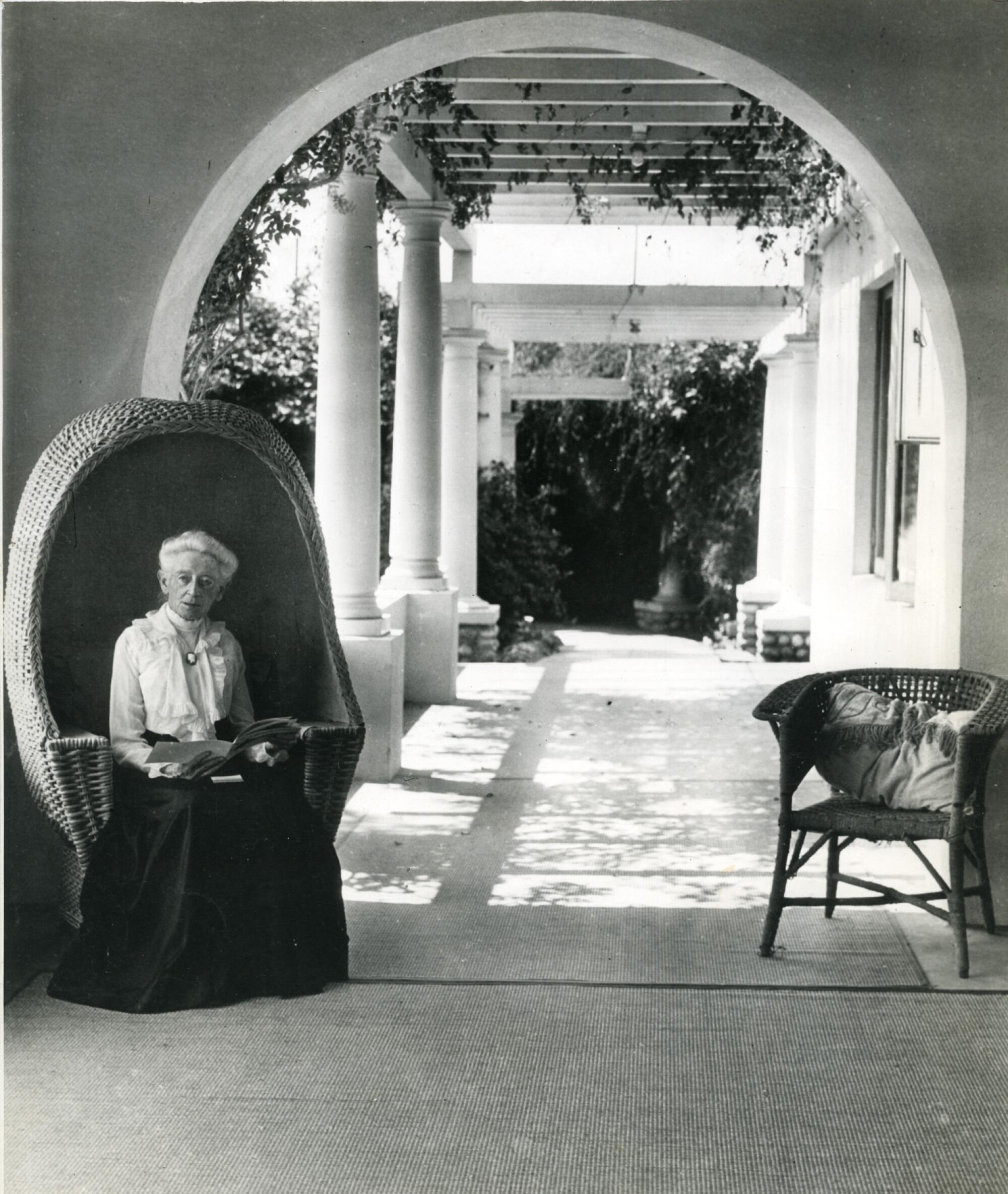
In 1844, Scripps and her family spent six weeks in a barque sailing from England to America. They made a difficult trek to rural Illinois, where Scripps earned a college degree, something then uncommon among women.
She taught school for years, then delved into the family’s newspaper business in Detroit, where she used her financial acumen to help grow the paper, expand its holdings and create linkages between the Midwest and West. She also became a nationally syndicated columnist — another role that was not often filled by women in the 1800s.
She also became prominent in the women’s suffrage movement, working to earn women the right to vote.
By the time Scripps moved to San Diego in 1891, she had made a fortune in newspapers and was eager to share it, especially to promote two life-long interests: medicine and science.
In the 1920s, she founded the Scripps Metabolic Clinic and Scripps Memorial Hospital. But her greatest contribution may have come in 1903, when she helped found a tiny marine biological station.
It evolved into the Scripps Institution of Oceanography, which rose from obscurity to prominence during World War II to be an important cog in the Navy’s network of research centers.
Scripps helped develop better ways to find and track enemy submarines and to improve surf forecasting, which proved to be indispensable when Allied forces landed at Normandy on D-Day.
The partnership was largely created by Roger Revelle, a charismatic, ever-on-the-go Scripps oceanographer who worked for the Navy during the war.
He pressed the Navy to invest in the institute, arguing that it needed such expertise, especially in San Diego, which had emerged as one of the largest naval ports in the country. Revelle helped found the Office of Naval Research, which cemented the relationship.
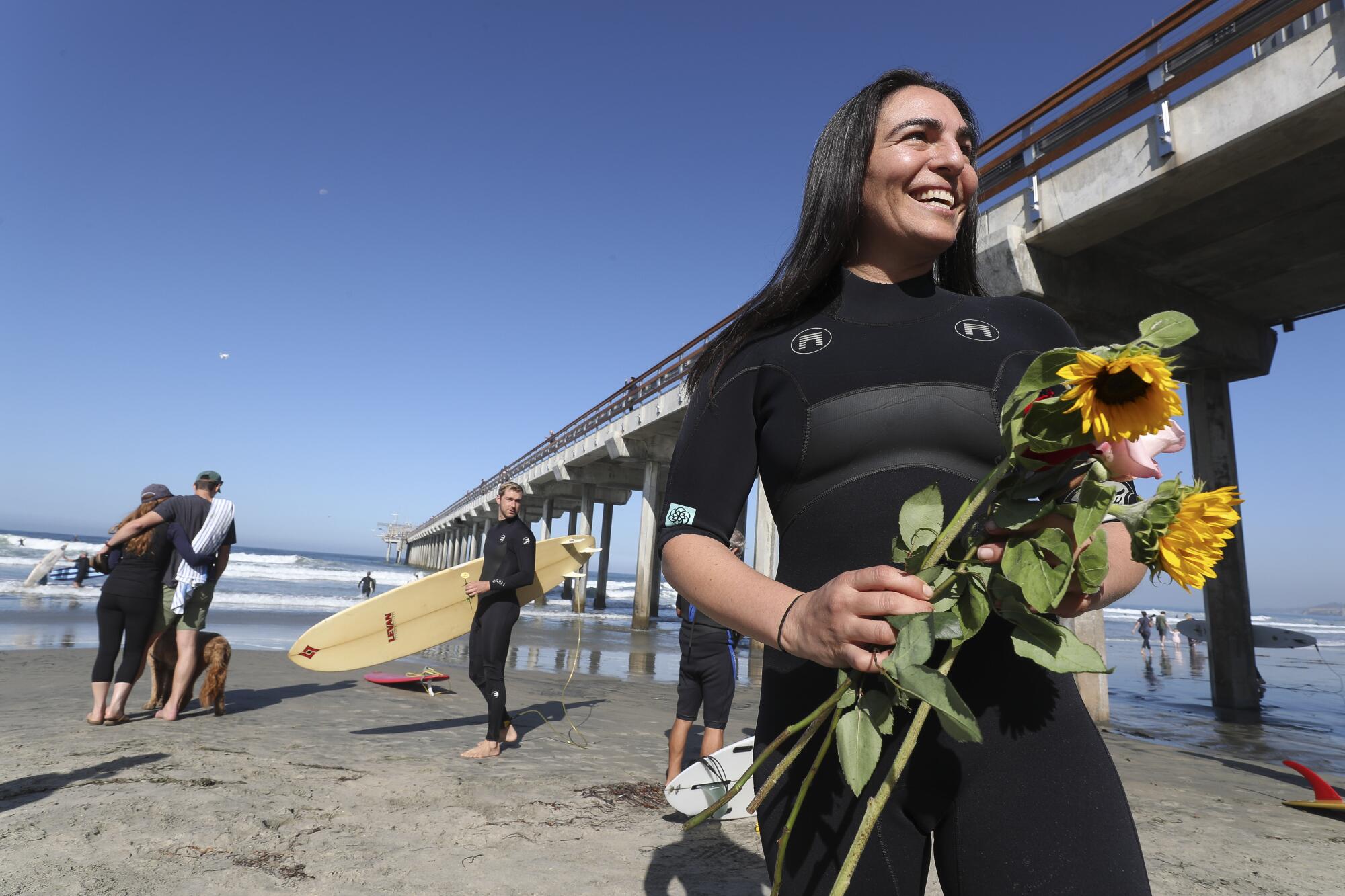
The Navy didn’t need a lot of convincing. The institute was filled with rising young stars such as Walter Munk, who would become known as the “Einstein of the Oceans” for his scientific contributions. In the 1960s, he helped mentor another young Scripps professor — Hasselmann, this year’s winner of the Nobel in physics.
Revelle also was a bright light. Before the war, he’d started doing climate change research that later led many scientists to refer to him as the father of the greenhouse effect. Revelle served as director of Scripps from 1950 to 1964, building upon the investments that the Scripps family had made in the station years ago.
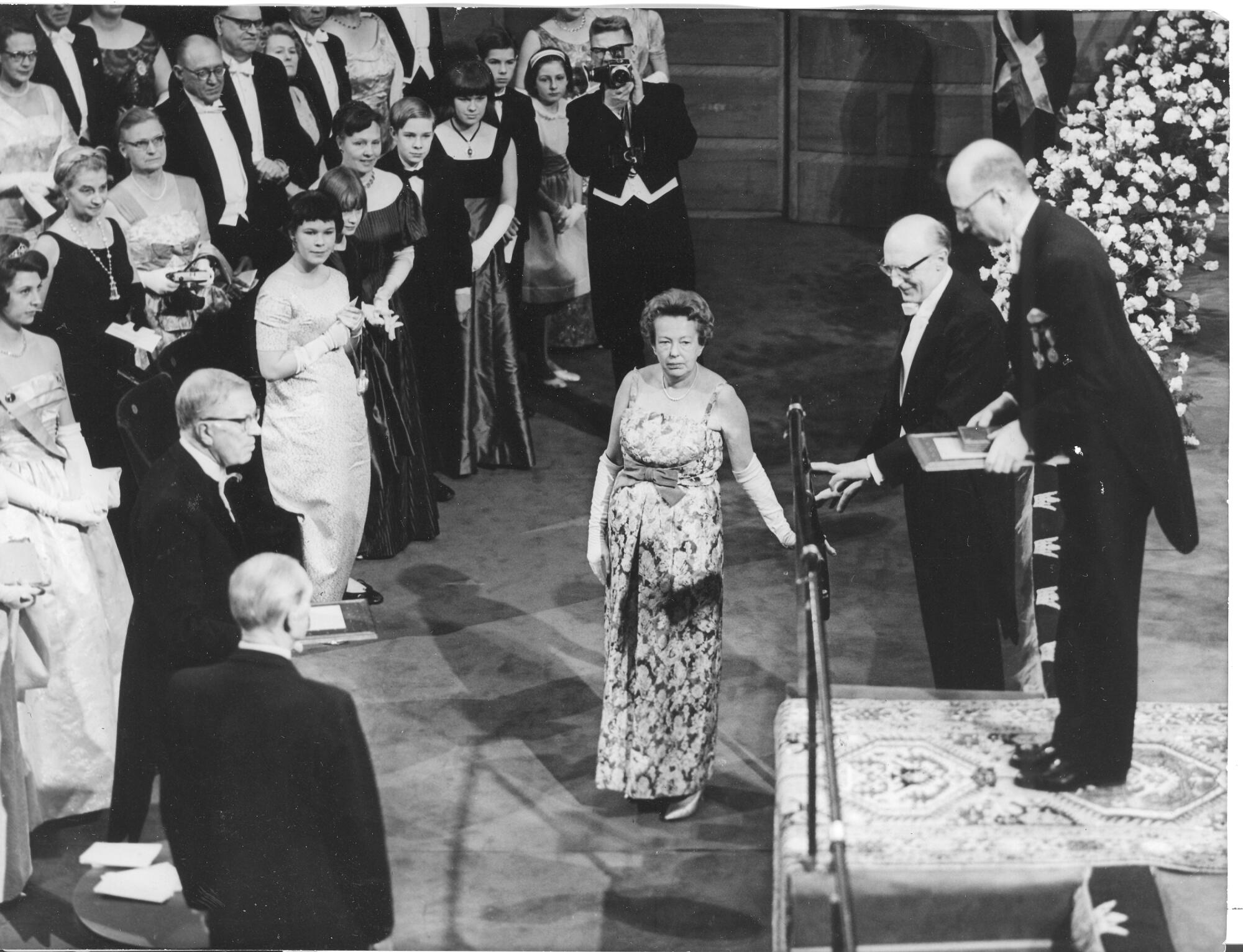
Fueled by military, space race
Many sailors and Marines who had passed through San Diego during the war returned to the city when hostilities ended. They were drawn by its beauty and hopes of finding work in local defense and aircraft plants.
Many of them became engineers who helped the Navy shift from the age of propeller-driven airplanes to jet aircraft. By the late 1940s, the Cold War with the Soviet Union deepened the need for scientists and engineers who worked on nuclear power, jets and missiles. In October 1957, when the Soviets launched Sputnik, the first man-made satellite, the Space Age was underway.
Revelle had been preparing for a moment like this. By the mid-1950s he was pushing the University of California Board of Regents to establish a campus in La Jolla. The issue also was being pressed by important local companies such as General Atomics, which was pursuing the peaceful development of nuclear energy.
The regents authorized the development of institutes in La Jolla that would be heavily focused on physics and engineering. It soon became clear that Scripps Oceanography would become the foundation of a major new research university.
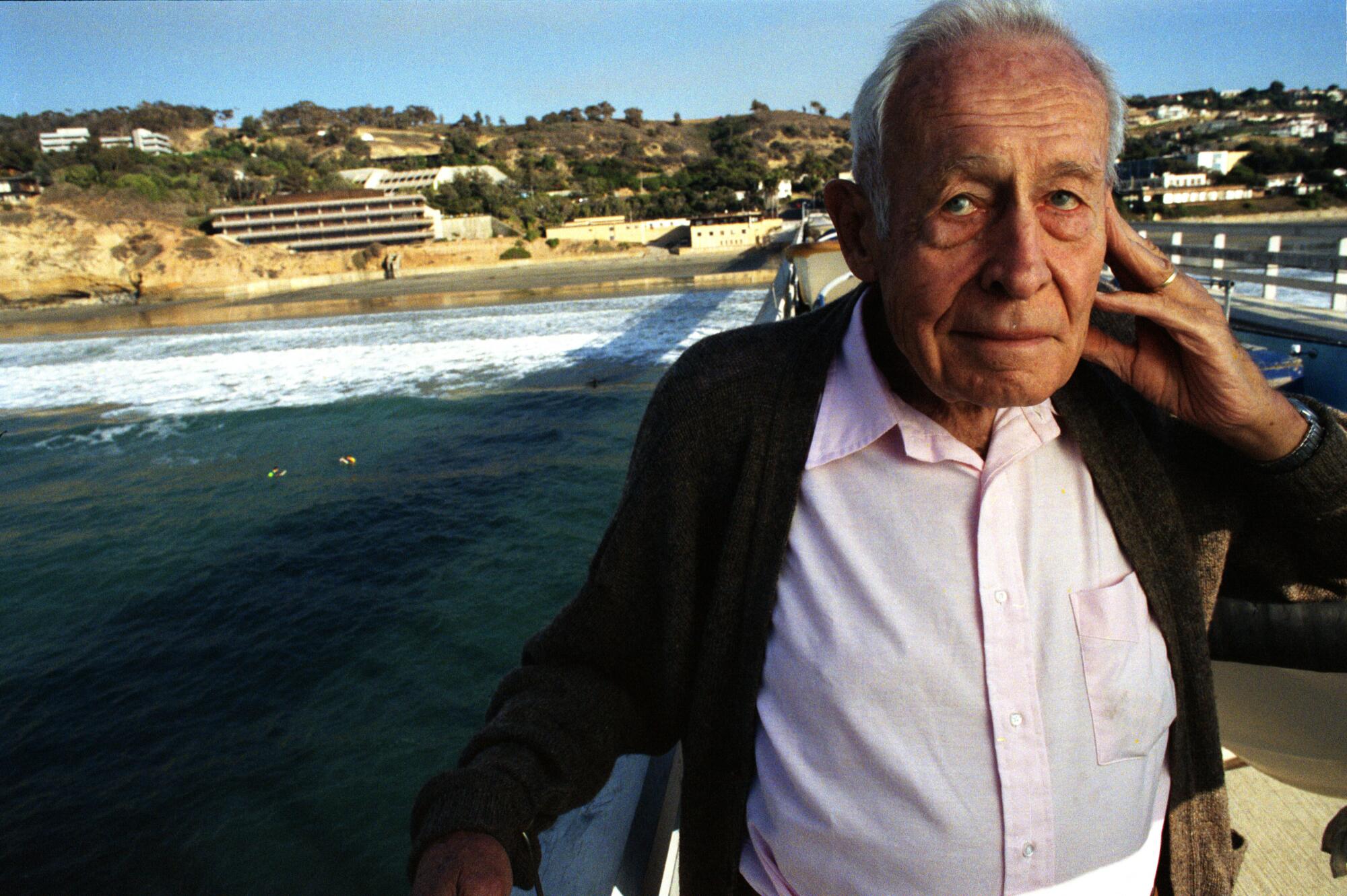
Revelle believed that talent attracts talent. So he began by recruiting a star — Nobel laureate Harold Urey, the University of Chicago chemist who helped develop the atom bomb during the Manhattan Project.
“Urey was crucial to UCSD’s success, for his presence first intrigued and then attracted other excellent faculty members,” historian Nancy Scott Anderson wrote in a history of the university.
The other early faculty recruits included Maria Goeppert Mayer, who won the Nobel in physics in 1963, and astronomer Margaret Burbidge, who won the National Medal of Science in 1983.
Further enhancing La Jolla’s appeal, Frederic de Hoffmann, director of General Atomics, created a series of summer conferences that drew the biggest names in science, including Nobel laureates Hans Bethe and Glenna Seaborg and astronomer Freeman Dyson, who later spent his winters at UCSD.
The message was clear: La Jolla was the place to be. And Revelle and his collaborators weren’t the only ones who capitalized on that.
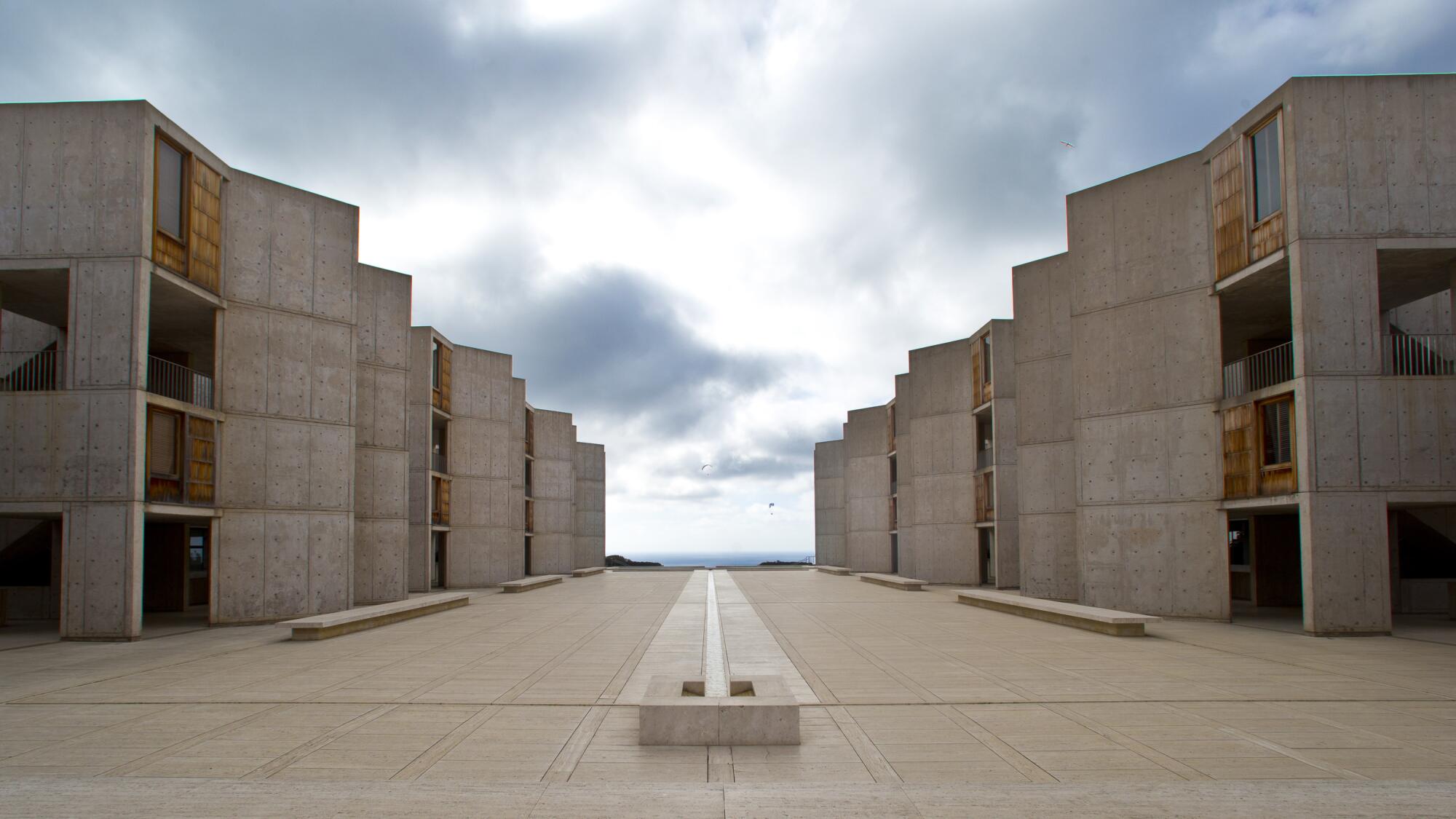
Rise of Salk
Jonas Salk, who invented the first reliable vaccine to fight polio, established a private biomedical institute across the street from UCSD in 1963. He wanted to tap into and be part of the rapidly emerging science community in La Jolla.
He told potential faculty that they would have no teaching duties, and that they could pursue any idea they wanted. They could do so from the institute — which is widely regarded as one of the most beautiful buildings in science, set atop a coastal bluff — or they could live and work elsewhere as nonresident fellows.
It was a powerful and effective pitch. Early on, the Salk recruited Crick, Salvador Luria, Jacques Monod and Renato Dulbecco — all of whom had won or would win a Nobel Prize. Salk also hired famed Manhattan Project physicist Leo Szilard, who was allowed to change his focus to biology.
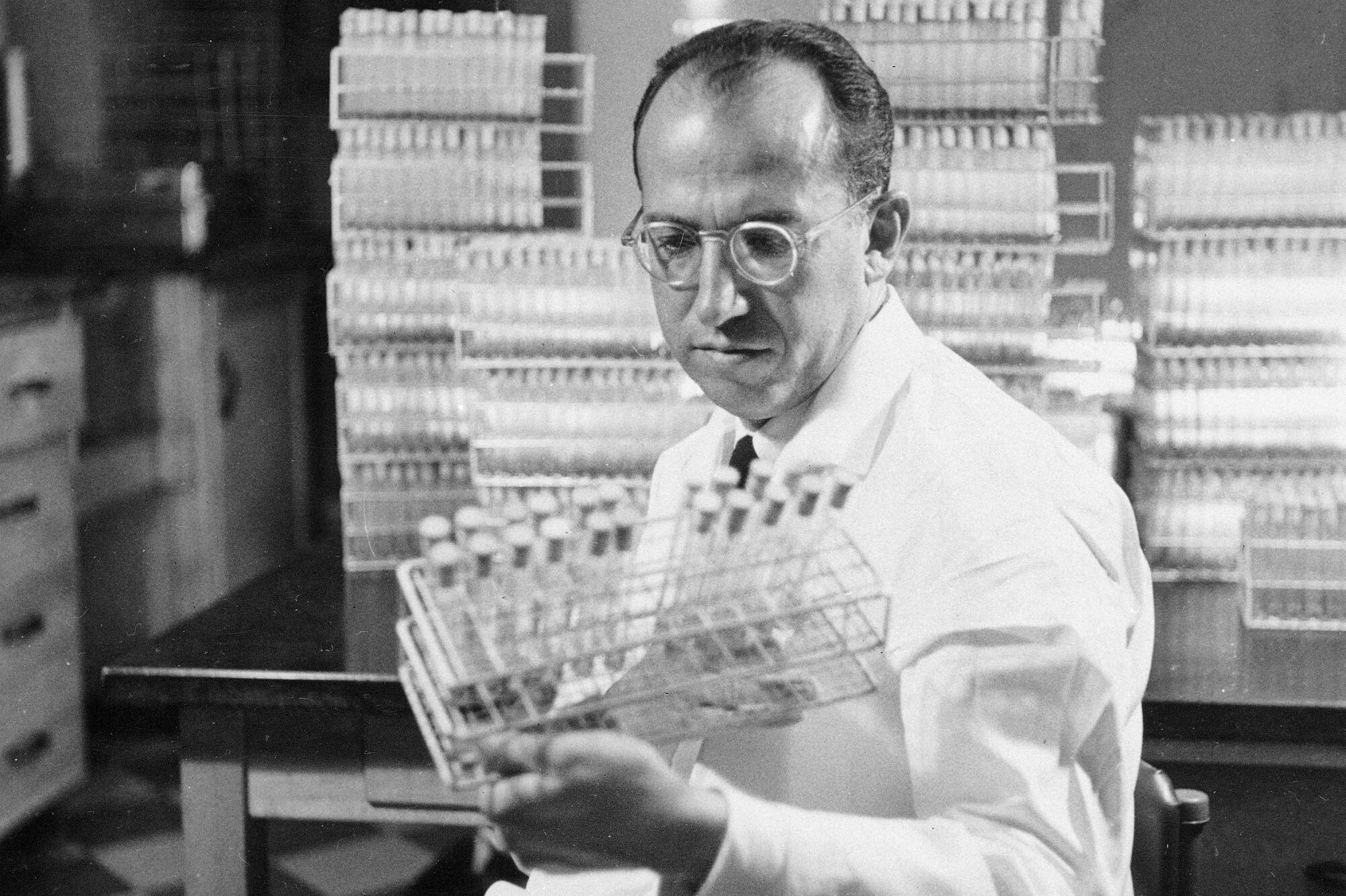
“My father made it clear that the Salk was going to be intellectually independent of what others were doing,” said Peter Salk of La Jolla, one of Salk’s three sons. “And he did.”
It didn’t hurt that San Diego averages nearly 270 days of sunshine a year, and institutes like the Salk have magnificent views of the ocean.
“When I was coming to the Salk I got a call from my real estate agent who said he’d found an incredible house up on Mt. Soledad,” Dulbecco told the Union-Tribune years ago. “The price was about $60,000 and I had to decide that day.
“I bought it.”
More to Read
Sign up for Essential California
The most important California stories and recommendations in your inbox every morning.
You may occasionally receive promotional content from the Los Angeles Times.


